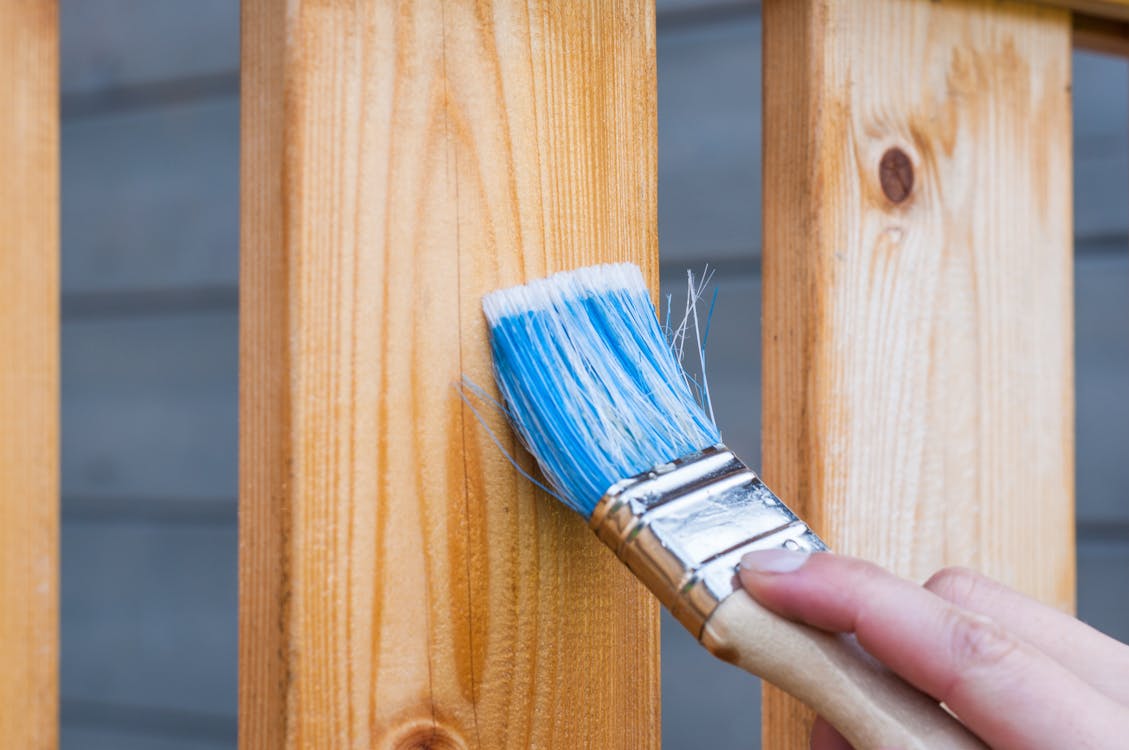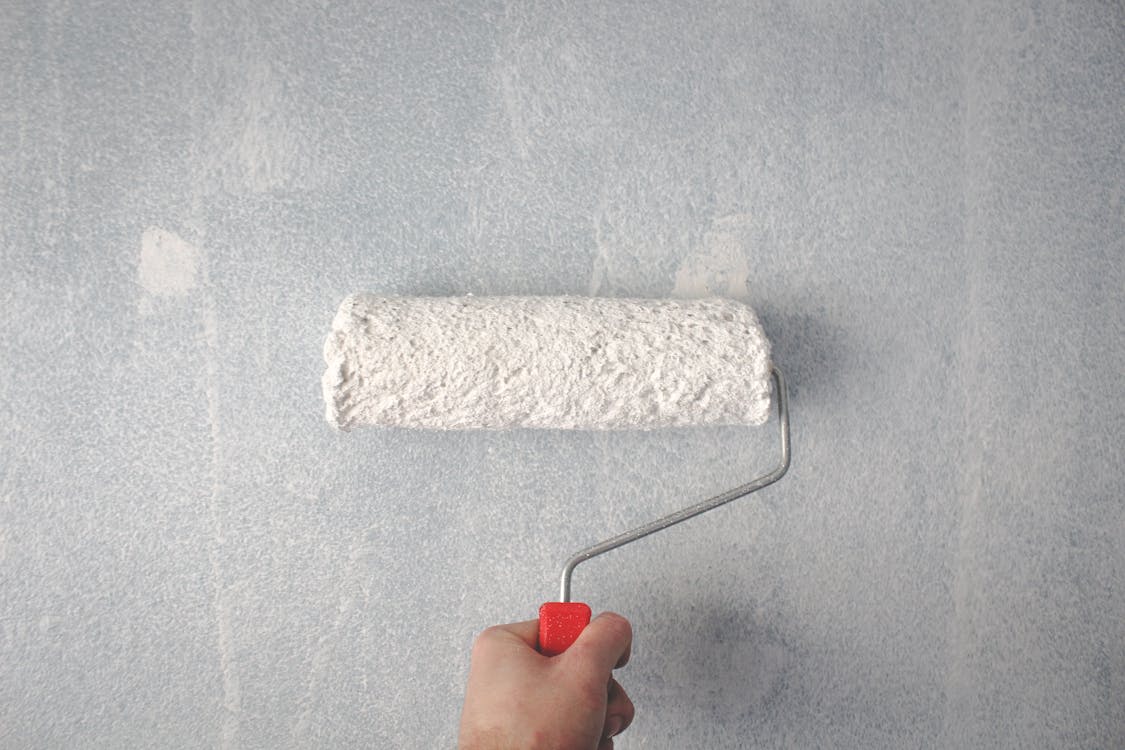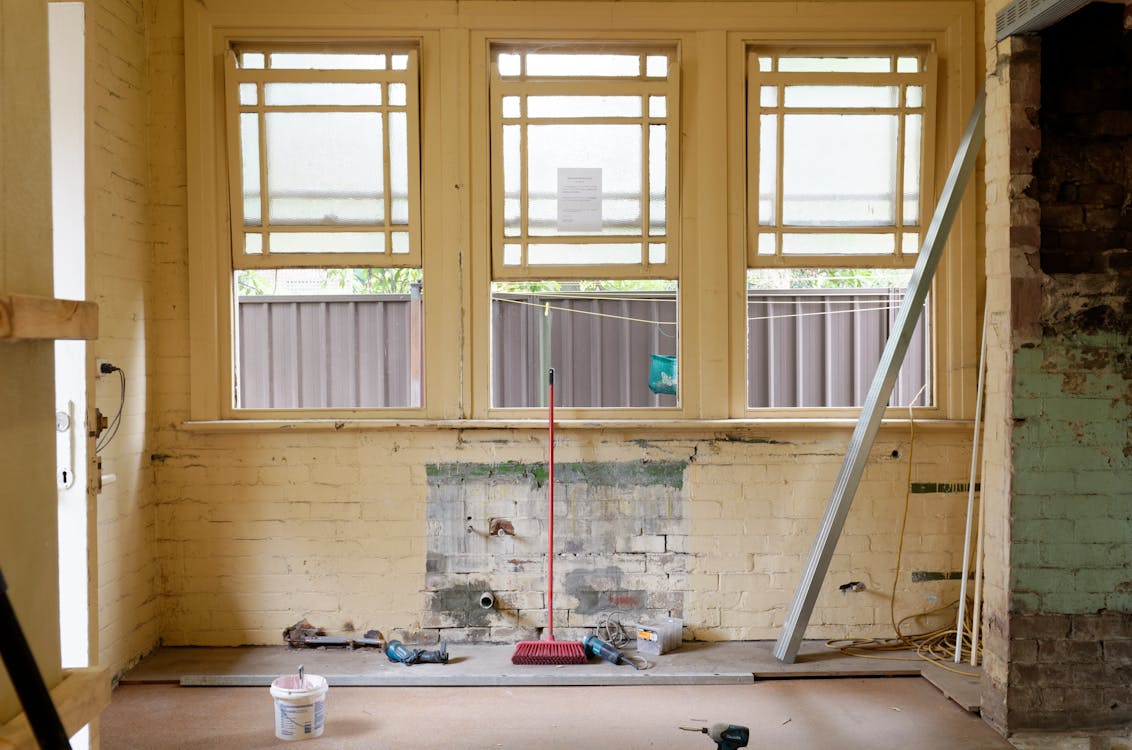The allure of house flipping is undeniable. The chance to buy low, renovate smart, and sell high, turning a tidy profit in the process, is an attractive proposition for aspiring real estate moguls. But what appears effortless on reality TV shows can be a cutthroat business in reality.
This guide equips you, the first-time house flipper, with the essential knowledge to navigate the exciting yet challenging world of house flipping. Packed with practical do’s and don’ts, including those related to fix-and-flip financing, it will steer you clear of common pitfalls and pave the way for a successful house-flipping experience.
Do: Embrace the Numbers Game
House flipping thrives on meticulous planning and financial discipline. Before diving headfirst, transform yourself into a number-crunching pro. Here’s what you need to do:
- Financing: Secure your funding. Explore fix-and-flip loans specifically designed for flipping projects. These loans typically offer faster closing times than traditional mortgages and can finance both the purchase and renovation costs. Consider a line of credit from a fix-and-flip lender for unexpected costs during the renovation process.
- Budgeting: Create a detailed budget encompassing the purchase price, renovation costs, holding costs (taxes, insurance, utilities), and realtor fees. Factor in a buffer for unforeseen expenses.
- After Repair Value (ARV): Research comparable properties (comps) in the target neighborhood that have recently sold. This will give you a realistic idea of the property’s potential selling price after renovations.
Don’t: Fall in Love with a Property (Until the Numbers Add Up)
It’s easy to get charmed by a house’s potential. However, letting emotions cloud your judgment can be disastrous. Stick to your budget and ARV calculations. If the numbers don’t work, even with fix-and-flip financing, walk away, no matter how charming the crown molding.

Do: Assemble Your Dream Team
House flipping is a team sport. Here are the key players you need on your side:
- Real Estate Agent: An experienced agent with a pulse on the local market can unearth hidden gems and negotiate favorable purchase prices.
- Contractor: Find a licensed and insured contractor with experience in renovation projects similar to yours. Get multiple quotes and references before finalizing a deal.
- Home Inspector: A thorough inspection uncovers hidden problems that could inflate renovation costs.
Don’t: Go Solo (Unless You’re a Skilled DIY Expert)
Even if you’re handy, attempting a complex renovation solo is a recipe for delays, budget overruns, and potential safety hazards. Recruit reliable professionals to ensure quality work and timely completion.
Do: Know Your Market
Understanding the target market is paramount. Research the neighborhood demographics and identify what kind of buyers you’re aiming for. This will guide your renovation choices.
- Focus on functionality and broad appeal. Opt for neutral colors, modern fixtures, and updates that cater to a wider range of buyers.
- Prioritize curb appeal. First impressions matter. Enhance the property’s exterior to create a positive first impact on potential buyers.
Don’t: Get Carried Away with High-End Finishes
While renovations are essential, avoid over-improving the property. Installing top-of-the-line appliances in a modest neighborhood might not translate into a higher selling price. Aim for mid-range finishes that add value without breaking the bank.
Do: Embrace Strategic Renovations
Focus on improvements that deliver the biggest bang for your buck. Here are some renovation sweet spots:
- Kitchens and Bathrooms: Modernize kitchens and bathrooms with new cabinets, countertops, and flooring.
- Flooring: Update worn-out carpets or damaged hardwood floors with a fresh, neutral option.
- Lighting: Brighten the space with ample natural and artificial lighting.
Don’t: Tackle Major Structural Issues
Major structural issues like foundation cracks or roof leaks are expensive to fix and can scare away potential buyers. If the inspection reveals such problems, carefully weigh the cost of repairs against the potential profit. Sometimes, it’s wiser to walk away, especially if the cost of repairs significantly reduces the profit margin achievable with fix-and-flip financing.

Do: Manage Your Time Effectively
Time is money in house flipping. Create a realistic timeline for renovations and stick to it. Unexpected delays can eat into your profits. Here are some tips for time management:
- Break down the project into smaller phases.
- Communicate clearly with contractors and establish deadlines.
- Have a contingency plan for delays, keeping in mind the impact on your fix and flip loan terms.
Don’t: Be Afraid to Delegate (But Stay Involved)
While delegating tasks to your team is essential, don’t become completely hands-off. Regularly visit the property to monitor progress and address any concerns promptly. Proactive communication with your contractor and other team members can nip potential problems in the bud before they snowball into costly delays.
Do: Stage it Right
Presentation is key. Invest in professional staging to showcase the property’s full potential. De-clutter the space, arrange furniture strategically, and create a welcoming ambiance. Staged homes typically sell faster and for a higher price.
Don’t: Skimp on Marketing
In today’s digital age, high-quality photos and virtual tours are crucial for attracting potential buyers. Hire a professional photographer to capture the property’s best features. Partner with your real estate agent to develop a strategic marketing plan that leverages online platforms and social media to reach your target audience.
Do: Embrace Realistic Expectations
House flipping can be lucrative, but it’s not a guaranteed path to riches. Be prepared for unexpected challenges, and don’t get discouraged by setbacks. The key is to learn from your experiences and adapt your strategy for future flips.
Don’t: Underestimate the Importance of Permits
Don’t embark on renovations without obtaining the necessary permits. Skipping this step can lead to hefty fines and delays down the line. Consult with your contractor or a local building department to ensure you have all the required permits in place before starting any major renovations.

InstaLend can be your partner in turning your house-flipping dreams into a reality. We offer several advantages to streamline the fix-and-flip financing process for you. Unlike traditional lenders, our loan closings are fast, taking only two weeks, so you can secure funding quickly and seize time-sensitive opportunities.
Our short-term loan terms (12-18 months) allow you to see a return on your investment quicker, maximizing your profit potential. With loan amounts over $50,000 covering up to 90% of the purchase price and 100% of renovation costs, you’ll have the capital you need to navigate each step of the house flipping process confidently.
Contact InstaLend today to discuss your project and explore how our fix-and-flip financing solutions can empower you to achieve success in real estate









